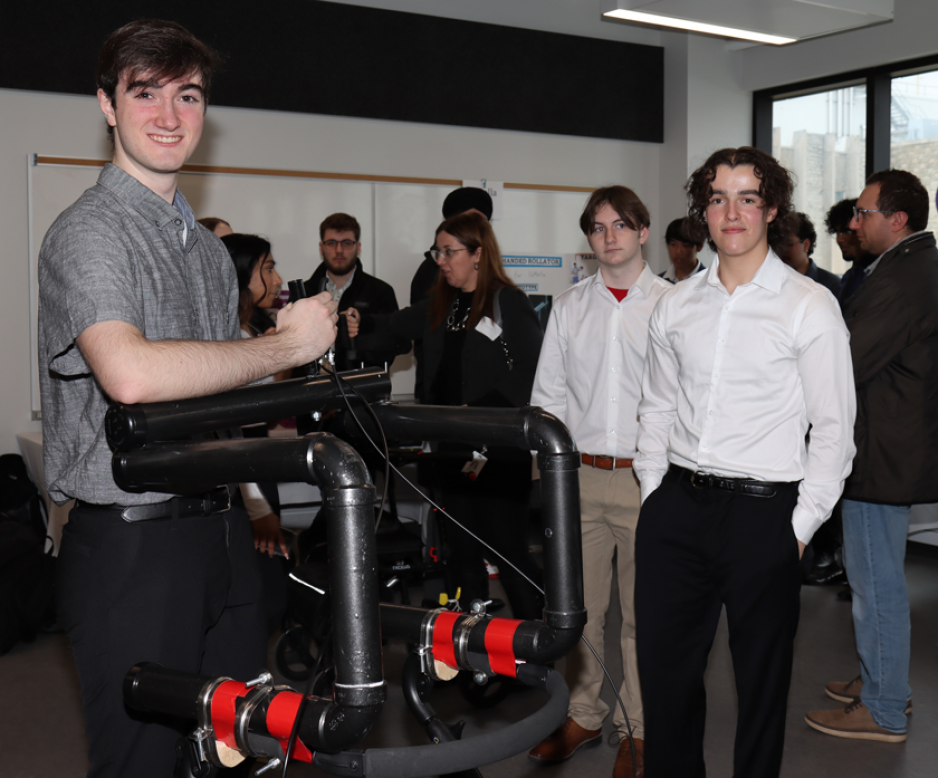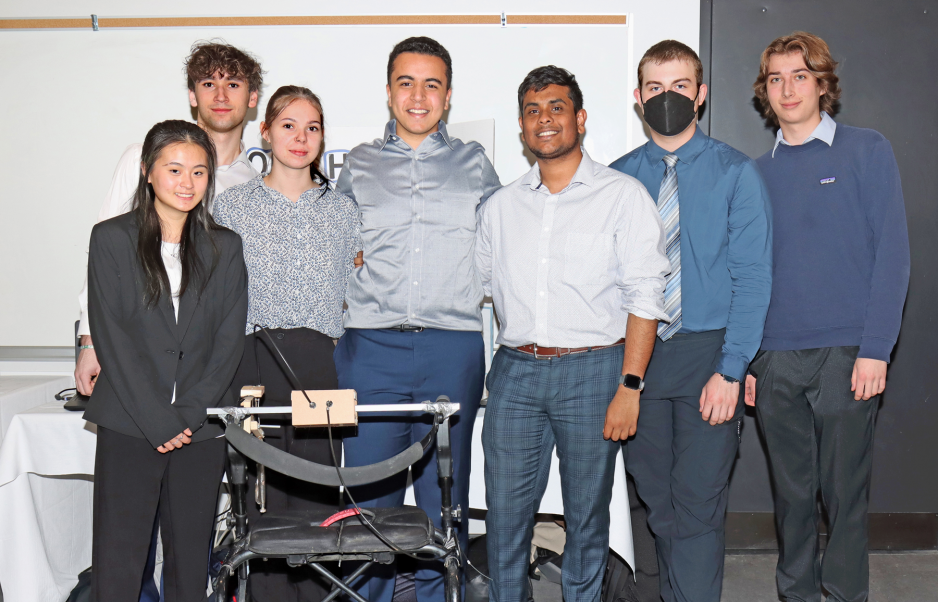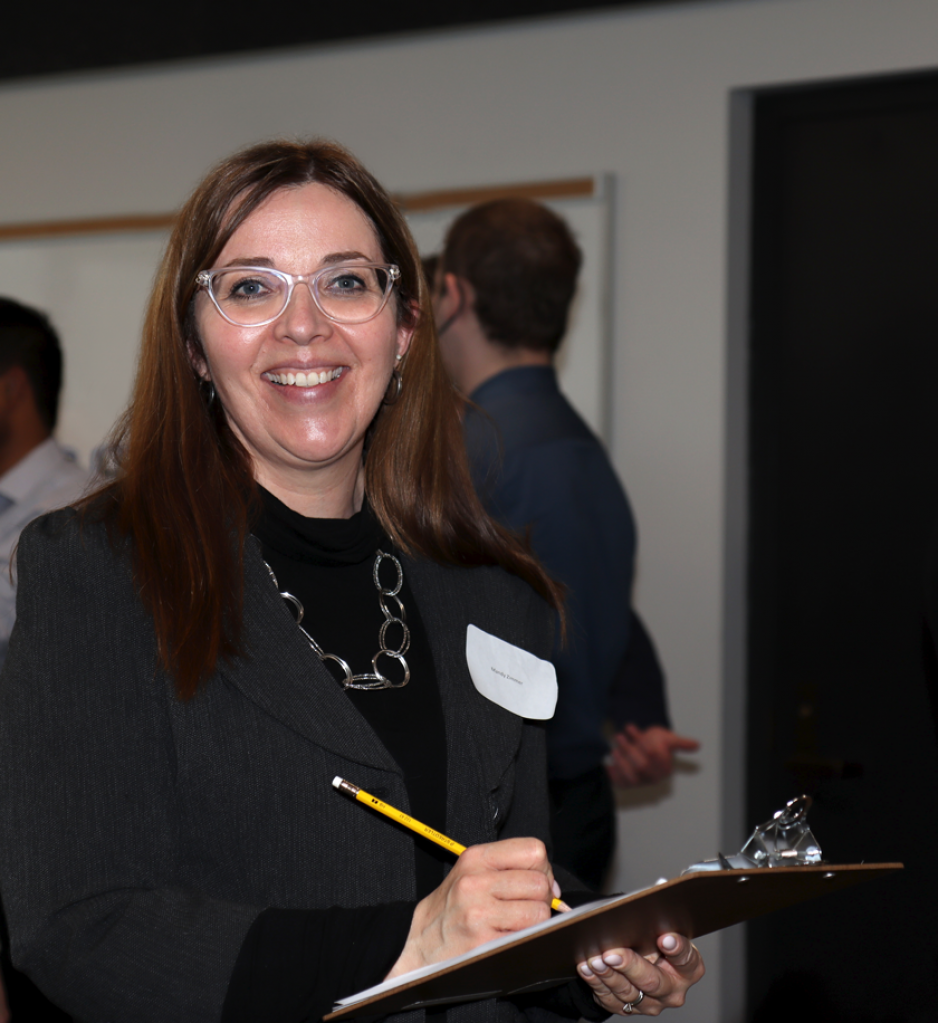Engineering a better tomorrow
From the classroom to the real-world, Western University engineering students recently teamed up with staff from St. Joseph’s Parkwood Institute to design medical devices that help solve present-day patient care issues.
The first-year engineering students are part of an innovative course offered at the university called Foundations of Engineering Practice (ES1050). The hands-on course provides students with the opportunity to work with leaders and individuals within the community to put their engineering knowledge to the test.
“Students get to work in teams and deal with real-life situations,” says engineer Chris Urbaniak, Instructor and Curriculum Developer for Centre for Engineering Leadership and Innovation at Western University. “Ultimately, the students have to understand not only the problem and accompanying physics, but also how to function as a real team interacting with a client.”
In early 2022, instructors first met with occupational therapists in St. Joseph’s Specialized Geriatric Services (SGS) Program to identify gaps and learn about real-life difficulties patients were experiencing. From these conversations, the students were tasked to design a walker, called a one-handed rollator, for individuals who experience weakness on one-one side of their body due to a stroke or other medical condition.
“It was a great experience working with these students,” says occupational therapist Mandy Zimmer. “They took the time to really understand the obstacles that our clients face on a daily basis. They asked us questions, sought out solutions and really listened to our feedback.”
SGS includes a network of specialty teams that specialize in the assessment, intervention, and management of older persons with functional decline, frailty and complexities throughout Southwestern Ontario.
An additional group of engineering students also worked with staff at St. Joseph’s Mount Hope Centre for Long Term Care to design a throwing assist, for residents with physical limitations, to be used during therapeutic recreational activities.
“The walker had to be portable, easy to navigate and supportive enough to ensure no undue stress occurred on other joints when used,” explains Mandy. “While we currently have devices that address this issue, we are always seeking new ways to improve upon our current health care equipment. This experience allowed our team to think outside the box and seek new ways to improve the patient experience.”
Janice Qubty, SGS Coordinator adds, “We do a lot of work within our health care sector disciplines to improve the quality of care for patients, but this gave us an opportunity to partner with others that we don’t typically work with. Working with the engineering students gave us a completely new perspective on ways in which medical equipment could be improved upon.”
The one-handed rollators were later showcased at a science fair on April 4 at the Amit Chakma Engineering Building at Western University, which included more than 800 engineering students who worked in approximately 150 groups or teams. Several different healthcare related designs were showcased and judged at the event.
“It’s a joy to watch these students put their calculus, chemistry, physics and other knowledge to use and help build designs that really make a different and matter to people. We are thankful to all of our community partners that help make this possible,” adds Chris.
“It’s a win-win partnership, “adds Janice. “It allows us to continually seek ways to improve patient care and outcomes, while helping to invest in the next generation of engineers.”


